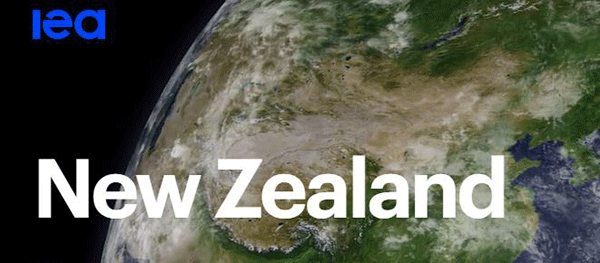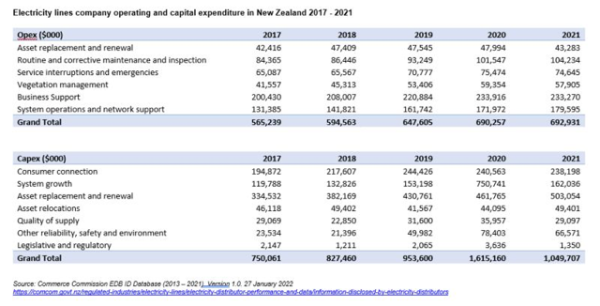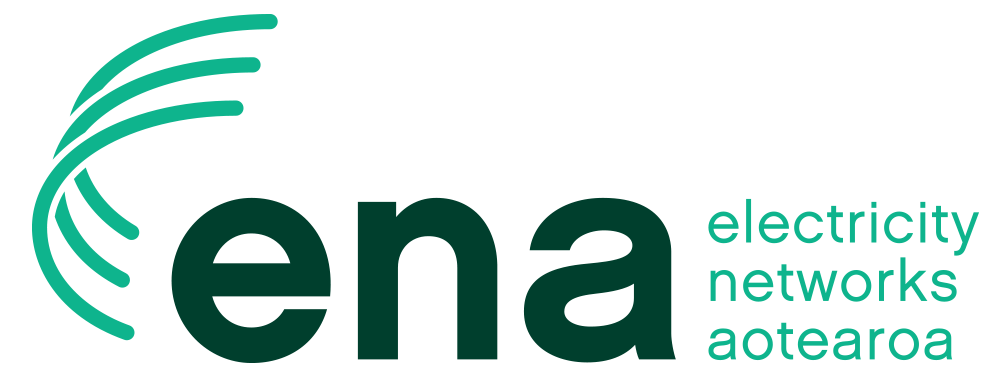International Energy Agency reviewing New Zealand

The International Energy Agency (IEA) returns to our shores this year for the first time since 2017.
Its last report had a special focus on New Zealand’s electricity sector, specifically renewable energy generation and the structure, governance and regulation of lines companies in light of the coming energy transition. The IEA accurately reflected in its 2017 report that:
"Regulation of distribution will need to take account of the new investment and operational environment to make sure that it does not create undue regulatory risks or costs for distributors. In particular, the government should ensure that sufficient flexibility is provided to accommodate timely and prudent investment in 'smart grid' and related network control technologies in the context of the current review of price quality path input methodologies."
These issues remain live today.
ENA doesn’t yet know what the IEA will focus on this year, but was recently asked by the Ministry of Business, Innovation and Employment to provide information for IEA’s energy policy review which is scheduled for late September.
The information covered details of the major projects lines companies have undertaken and the latest industry data. Much of this is publicly available such as overall circuit length by voltage, number of substations by capacity and annual opex and capex. In addition, the IEA survey asked ENA to:
- provide details on the distribution sector’s major projects completed since the last review, and major ongoing or planned projects, including cost and timeframe
- describe how energy data from smart meters/other smart grid technologies is managed, who has access to this data and how issues of data privacy and cyber security are addressed
- describe how smart meter/smart grid data is used (for example, for improved operation and maintenance, demand management)
- advise whether “energy services companies” and aggregators have access to smart meter/smart grid data, and what services they are providing based on this data.
For industry watchers, here is the increase in expenditure our sector has seen since the IEA last visited. The trend higher is to be expected and will continue as the sector invests more to support industrial process heat switching to electricity and the uptake of EVs.



